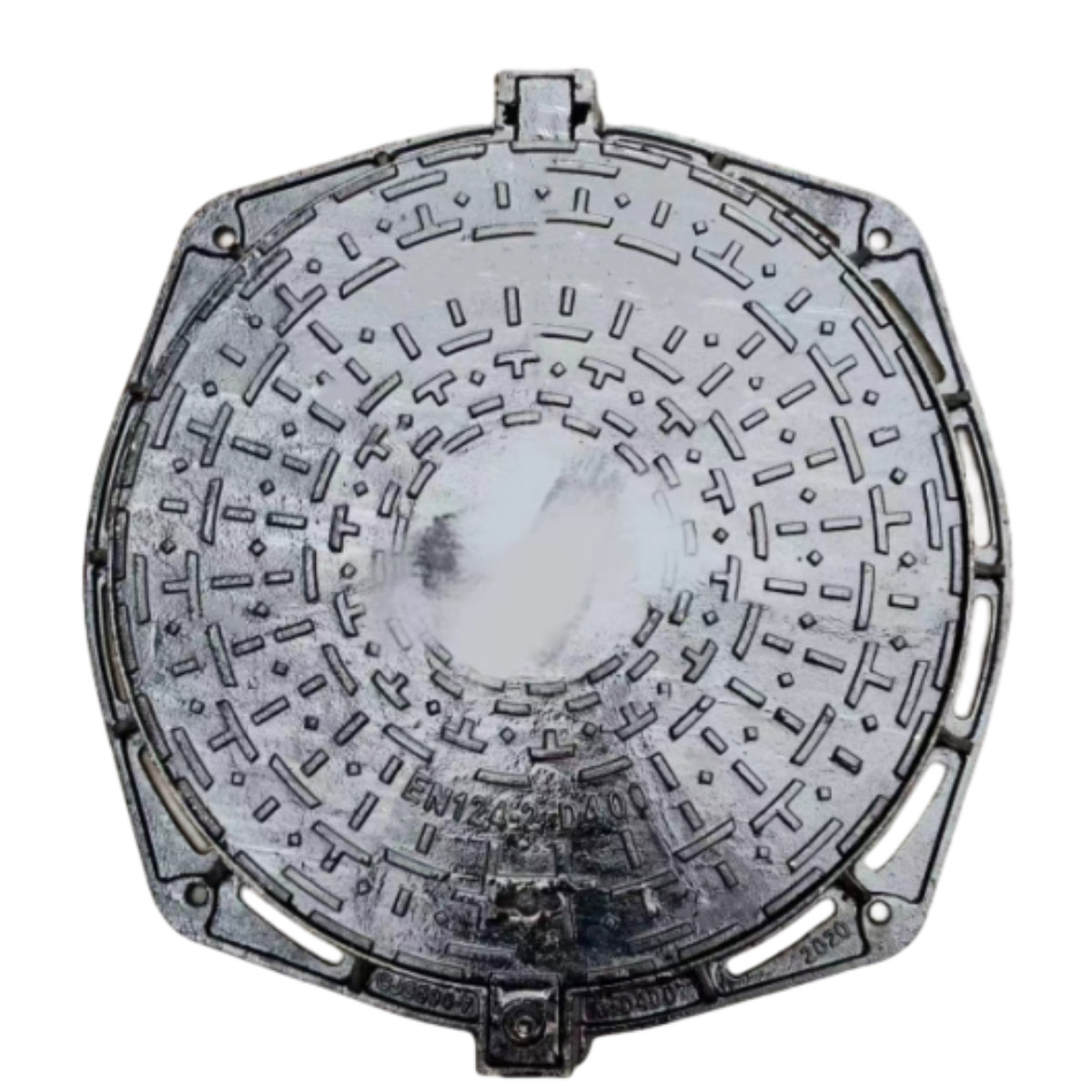Exploring the Unique Design of the Bollard Cone in Urban Spaces
The Bollard Cone A Unique Traffic Management Solution
In urban planning and traffic management, the safety and efficiency of roadways have always been priorities. Among the various tools employed to control traffic, the bollard cone has emerged as a unique and effective solution. This innovative device merges the functions of traditional bollards and traffic cones, providing a versatile means of managing vehicular and pedestrian flow in a variety of environments.
What is a Bollard Cone?
A bollard cone is a hybrid traffic management device that combines the sturdy design of a bollard with the visibility of a traffic cone. Typically made from durable materials like polyethylene, these cones are often brightly colored and feature reflective elements to enhance visibility both day and night. While traditional bollards are fixed installations that prevent vehicles from entering restricted areas or provide guidance at intersections, bollard cones can be easily moved to adapt to changing conditions or events.
Applications in Urban Environments
Bollard cones are particularly useful in urban environments where the dynamics of traffic and pedestrian movement can change rapidly. For instance, during community events, temporary changes to traffic flow may be necessary. Bollard cones can be set up to redirect vehicles, create safe pedestrian walkways, or manage parking areas without the need for extensive construction or permanent installations.
In cities with high populations, congestion and safety concerns are prevalent. Bollard cones offer a flexible solution that can be adapted for pop-up bike lanes, outdoor dining areas, or pedestrian-only zones. This adaptation not only enhances safety for pedestrians but also promotes a more vibrant streetscape.
bollard cone

Safety Features
One of the most important aspects of bollard cones is their safety features. Unlike solid concrete barriers, which can cause serious damage or injury in the event of a vehicle collision, bollard cones are designed to be less hazardous. Their lightweight construction allows them to absorb impact, reducing the risk of injury to both drivers and pedestrians. Additionally, the reflective surfaces on bollard cones improve their visibility, especially in low-light conditions, helping to prevent accidents.
Environmental Considerations
In today’s world, environmental sustainability is a critical consideration in any urban design strategy. Bollard cones can be manufactured from recyclable materials, contributing to a more eco-friendly approach to urban development. Moreover, their lightweight nature means they require less energy to transport and install compared to heavier, permanent barriers.
Conclusion
The bollard cone represents an exciting evolution in traffic management tools, merging functionality with safety and adaptability. As cities continue to grow and change, the need for flexible solutions in traffic and pedestrian management becomes increasingly important. The use of bollard cones not only enhances safety and efficiency but also supports the development of dynamic and livable urban spaces.
By incorporating bollard cones into traffic management strategies, cities can create environments that prioritize the well-being of all users, from drivers to cyclists and pedestrians alike. This innovative device may be simple in design, but its impact on urban infrastructure can be profound, making it a vital tool in the ongoing quest for safer and more functional cityscapes.
-
The Smarter Choice for Pedestrian AreasNewsJun.30,2025
-
The Gold Standard in Round Drain CoversNewsJun.30,2025
-
The Gold Standard in Manhole Cover SystemsNewsJun.30,2025
-
Superior Drainage Solutions with Premium Gully GratesNewsJun.30,2025
-
Superior Drainage Solutions for Global InfrastructureNewsJun.30,2025
-
Square Manhole Solutions for Modern InfrastructureNewsJun.30,2025
-
Premium Manhole Covers for Modern InfrastructureNewsJun.30,2025
